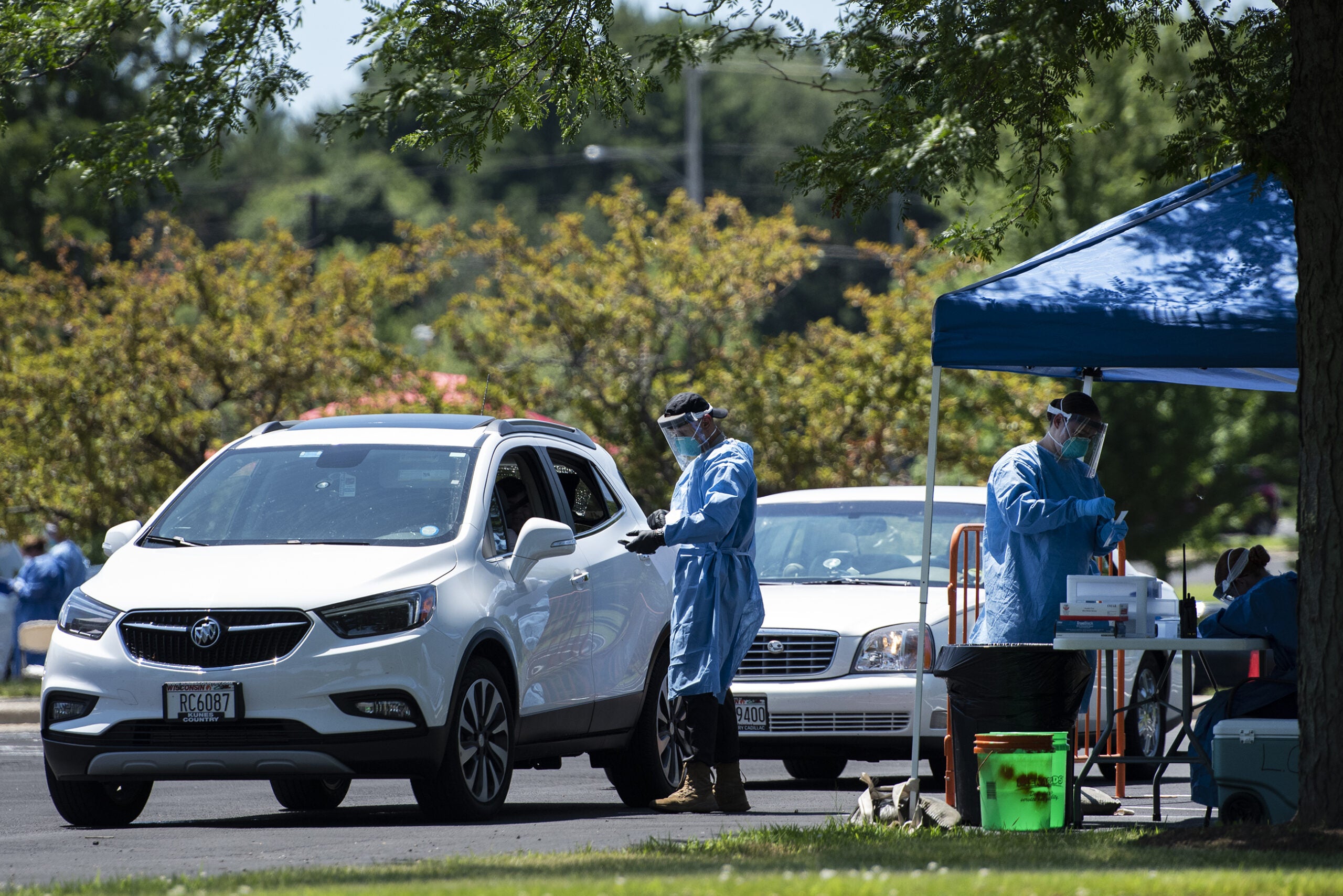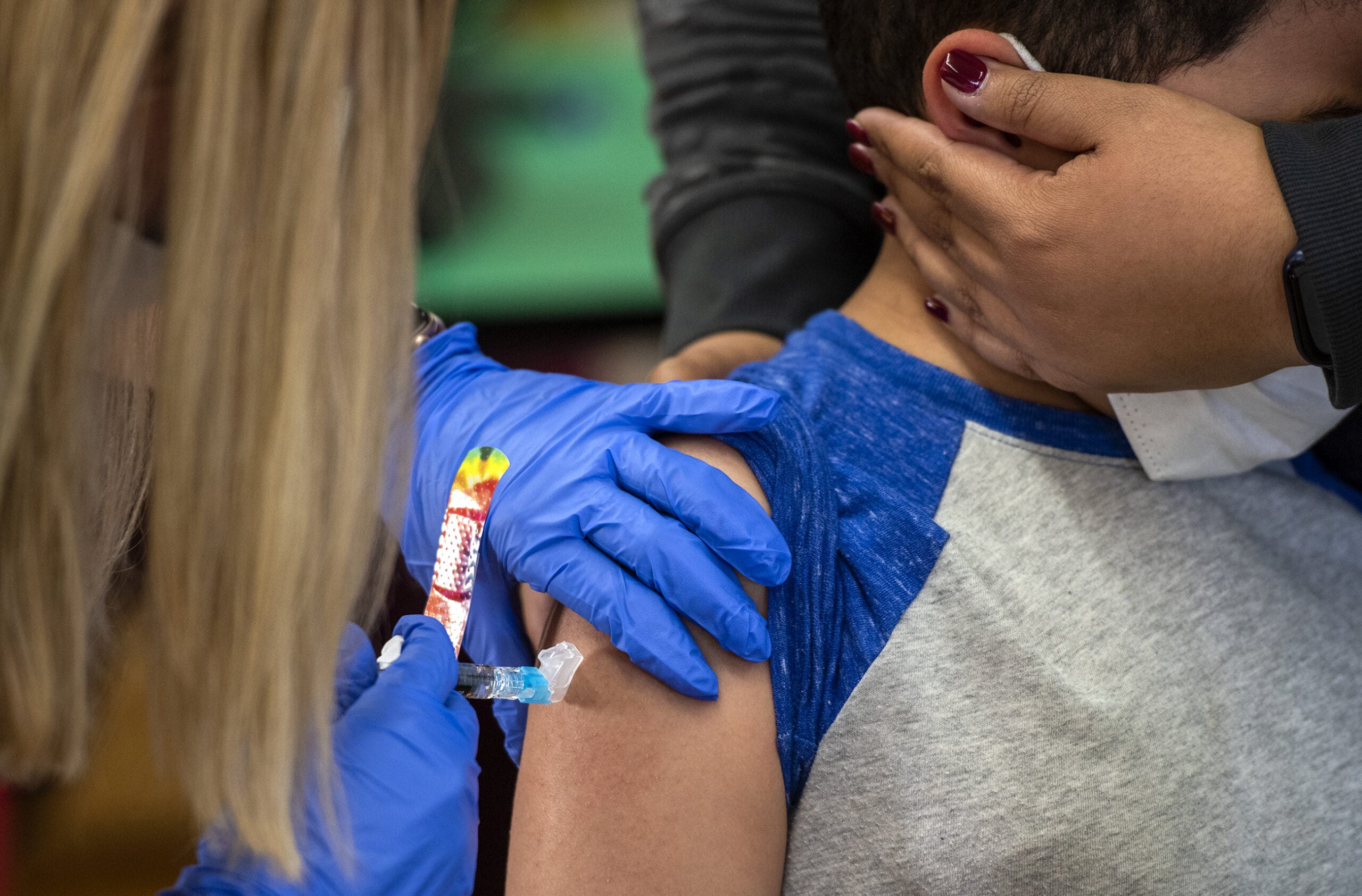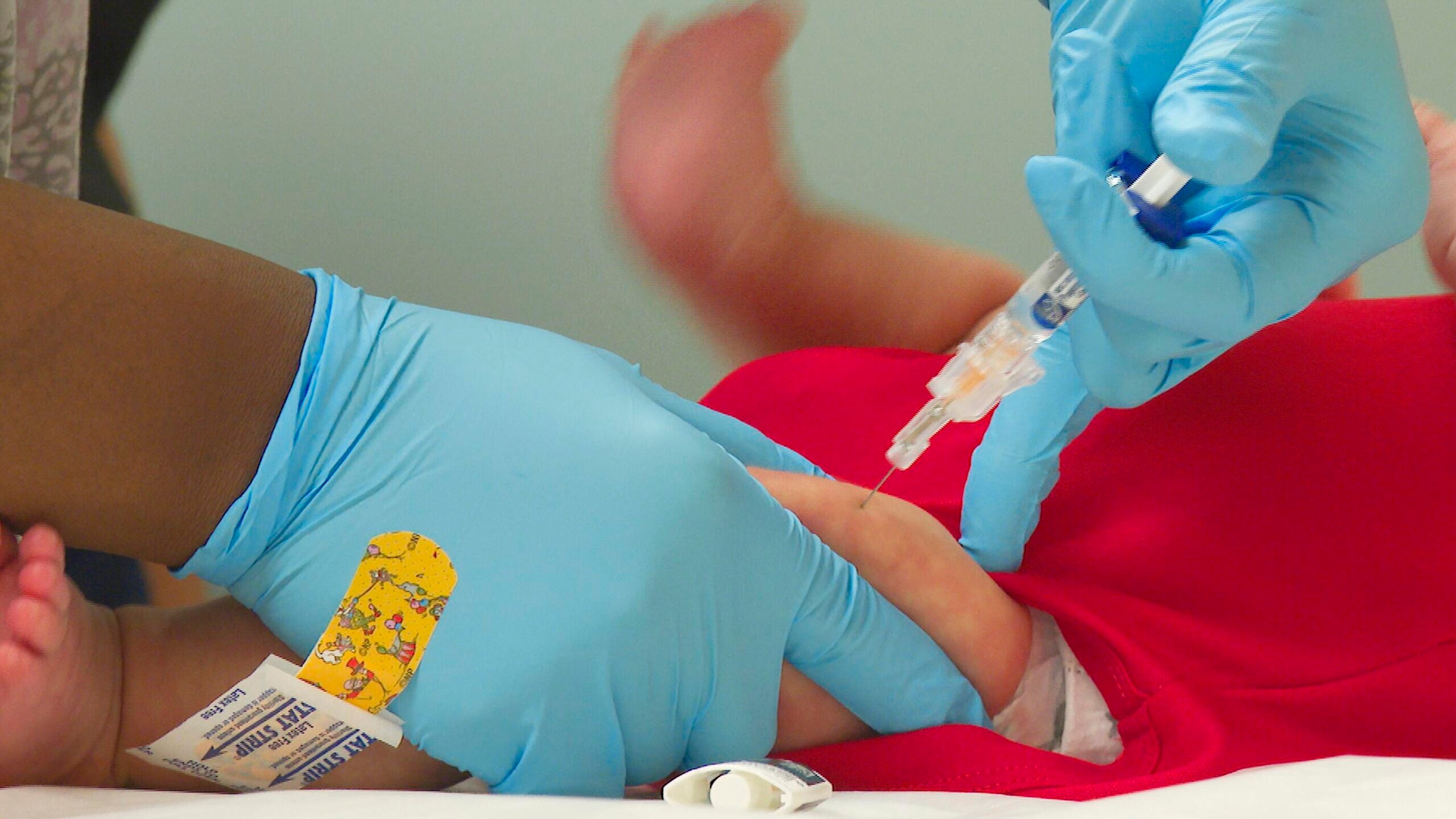While new reports of COVID-19 cases in Wisconsin are down from last week, based on the latest data published by the state’s Department of Health Services, the state saw its total number of deaths from the virus climb above 900 Tuesday. With 13 new deaths reported, the state’s death toll now stands at 906.
DHS reported 762 new cases of the virus on Tuesday, bringing the average for the past seven days to 863 daily cases. That means the seven-day average for new cases dropped below 900 for the first time in days.
One week ago, the average was 890 daily cases. It jumped after more than 1,000 new cases were reported on three days last week, dropping again after 590 cases were reported Monday. Reports of new cases are typically the lowest on Mondays.
News with a little more humanity
WPR’s “Wisconsin Today” newsletter keeps you connected to the state you love without feeling overwhelmed. No paywall. No agenda. No corporate filter.
The latest figures bring the overall total of positive cases in Wisconsin to 50,179 since the pandemic began.
According to DHS, 5.3 percent of all test results reported on Tuesday were positive for COVID-19, bringing the average percentage of positive tests over the past seven days to 6.8. That figure has been declining since a week ago, when the average was 7.8.
The percentage of positive tests is often read by public health officials as a measure of overall testing levels. A high rate could indicate that testing in the state is limited, and skewed toward those already flagged as potentially having the virus. A lower rate could indicate testing is more widespread.
Changes in the test positivity rate can also speak to a virus’ spread, if the size and makeup of the testing pool stays consistent.
Wisconsin’s daily testing capacity — based on the availability of test supplies and adequate staffing — has grown from 120 available lab tests in early March to 24,156 as of Tuesday. The number of actual tests reported on Tuesday was 14,424.
Overall, DHS has recorded a total of 887,746 tests over the course of the pandemic. Of those, 837,567 have come back negative.
COVID-19 activity varies heavily from county to county. The latest coronavirus activity data from DHS, released once per week each Wednesday, showed that 58 counties had a “high level” of coronavirus activity. Activity level designations are based on “burden,” or the number of new cases per a county’s population over a 14-day period, as well as whether there’s an upward or downward trend in new cases.
On July 22, counties with the highest case rates per capita included Iron, Milwaukee, Brown and Racine. The counties with the most significant upward trends included Lincoln and Racine.
There have been confirmed cases in all 72 of Wisconsin’s counties, and based on the data from last Wednesday, all counties had at least one new case over a two-week period.
___________________________
DHS still has a dashboard showing Wisconsin’s progress on gating criteria under the now-defunct Badger Bounce Back Plan. Those gating criteria would have been used to determine when it would be safe to begin reopening the state, prior to the state Supreme Court ruling that ended a statewide stay-at-home order. The state has never met all six of the criteria at once.
Two of the criteria are a statistically significant 14-day downward trend in COVID-like cases reported in emergency departments, and a similar downward trend for influenza-like cases in emergency departments. On Tuesday, Wisconsin met the former, but not the latter.
According to DHS, 4,493 people have been hospitalized because of the virus as of Tuesday, an increase of 73 from the day before. That means at least 9 percent of people who have tested positive for the new coronavirus in the state have been hospitalized. DHS officials said they don’t know the hospitalization history of 17,077 people, or 34 percent.
Wisconsin Public Radio, © Copyright 2025, Board of Regents of the University of Wisconsin System and Wisconsin Educational Communications Board.







